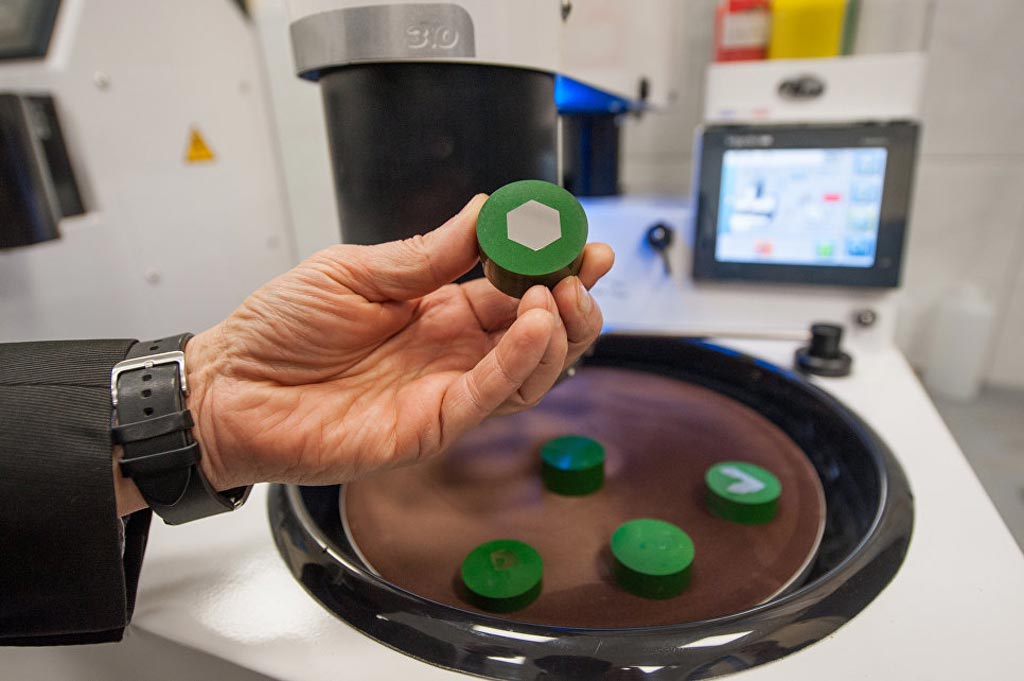New Technology Reduces MRI Development Costs
By MedImaging International staff writers
Posted on 30 Jan 2018
A new engineering solution will allow the production efficient magnetic resonance imaging (MRI) devices that can reduce the cost of an MRI scan to half of what it is now.Posted on 30 Jan 2018
Developed jointly by the National University of Science and Technology (MISiS; Moscow, Russia) and Magneton (Vladimir, Russia), the environmentally-friendly, low-field MRI prototype is based on the use of low-cost, hard-magnetic materials and permanent magnets manufactured from alloys of rare, domestic earth metals and their compounds, including materials obtained during the processing of industrial waste magnetic production. All magnetic materials and components are produced in Russia.

Image: Examples of the new low-cost magnets produced in Russia (Photo courtesy of MISiS).
The use of soft magnetic materials allows the production of conductors for the magnetic system of the scanner that exhibit low loss, while still maintaining high values of magnetization saturation, reaching values of more than 2T. In addition, cryogenic technologies--such as liquid nitrogen and helium fluid--are not required to run the new MRI machine, unlike devices that use superconducting electromagnets. The power consumption of the scanner will thus be less than one kW.
According to the researchers, the cost savings gained will allow most small clinics and private-practice doctors to use these cheaper, low-field MRI machines, which cover the overwhelming majority of most common diagnostic tests. In addition, larger hospitals, especially those interested in local spectroscopy and research in the field of functional tomography, while retaining the need for machines with stronger magnetic fields, will also be able to buy scanners with weak and medium-sized fields as second and third installations for mass screening.
“During the production of raw materials for permanent magnets we have managed to reduce their cost by 1.5 times through the use of industrial waste magnetic production and cheap alloys of rare earth metals,” said project leader Evgeny Gorelikov, PhD, deputy director of the MISiS Engineering Center for Industrial Technologies. “All this allowed us to design and reduce the weight of permanent magnets used in the design of magnetic systems by almost 30%, and thus to reduce the cost of the devices.”
MRI scanners can have ultraweak, weak, medium, strong and superstrong magnetic fields. The highest-quality pictures are taken by using superconducting magnetic systems generating very strong magnetic fields, which provide the highest image resolution.
Related Links:
National University of Science and Technology
Magneton













